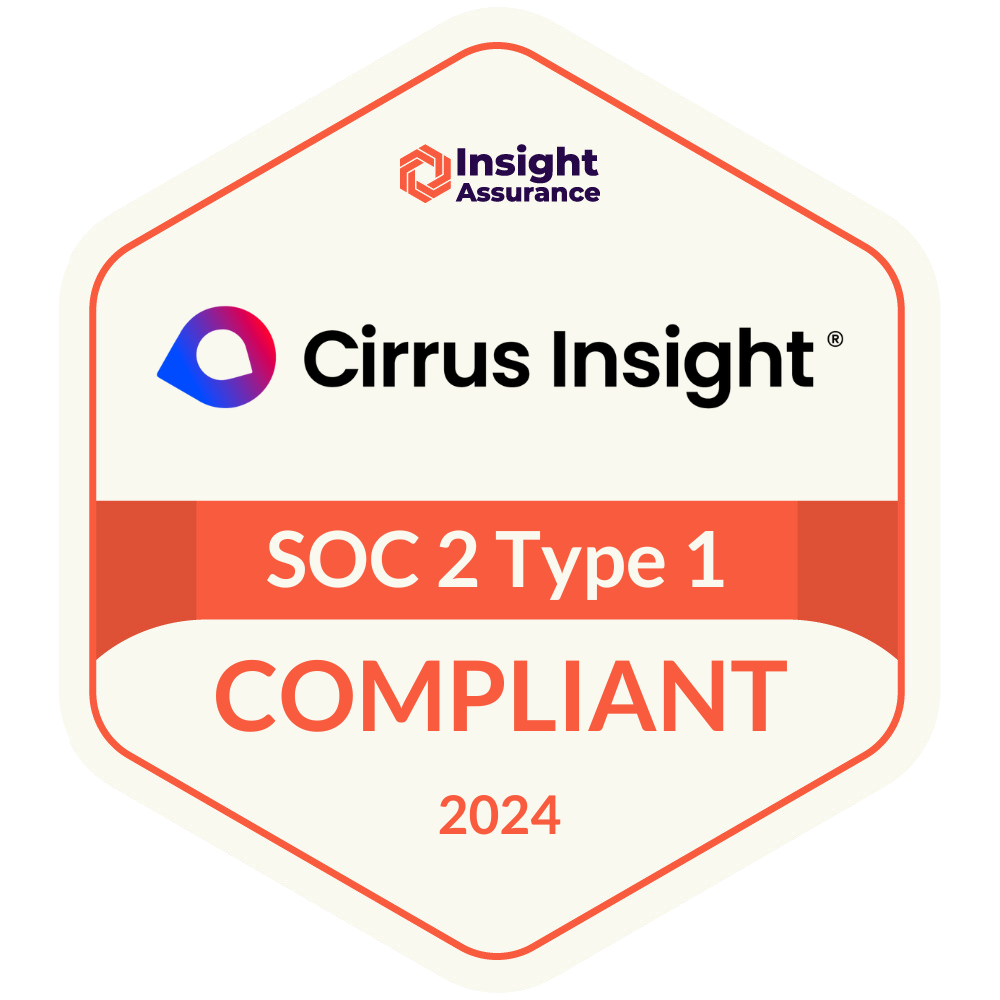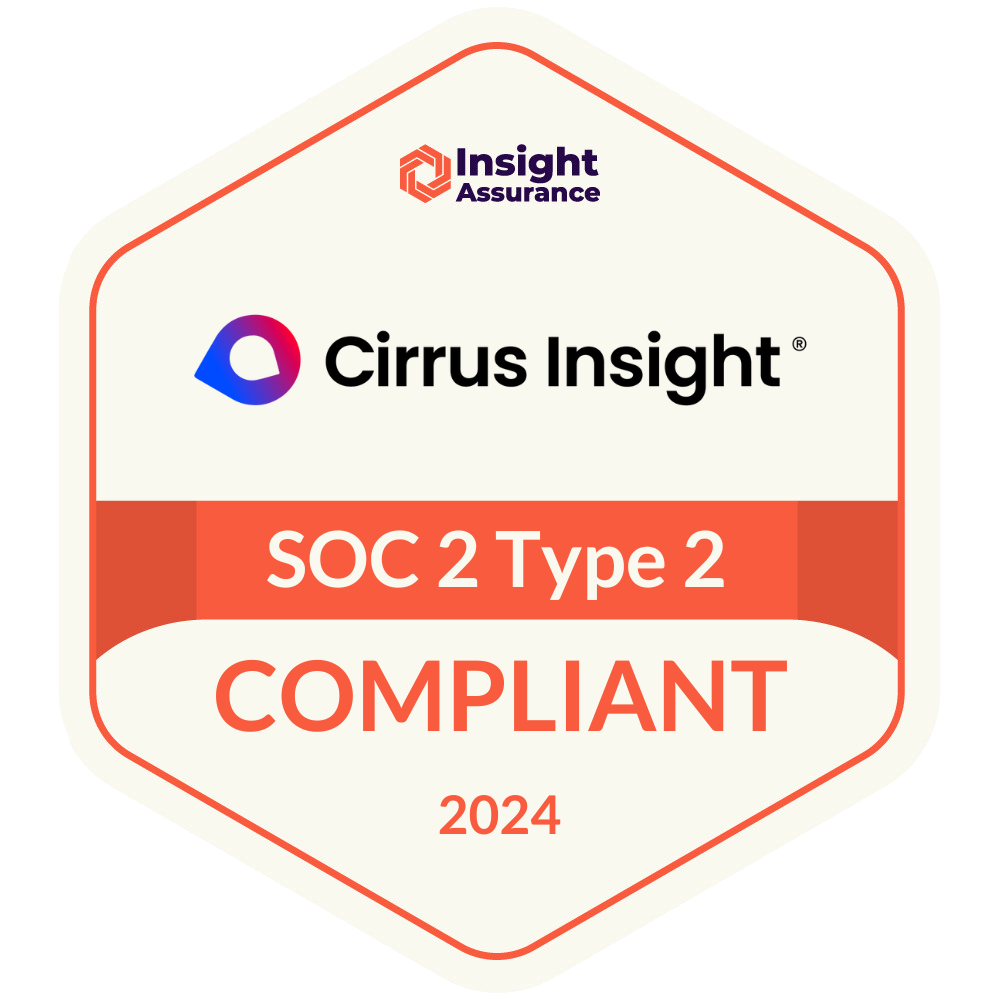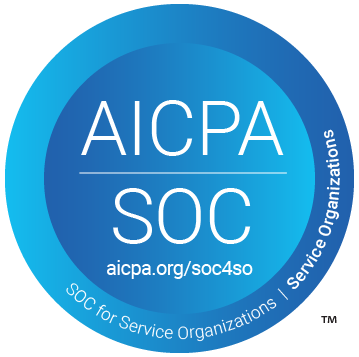- Solutions
-
Products
-
Resources
Sales Automation Tools | Cirrus Insight by Kristi Campbell View all Blog Posts >Get the App, Get the Sidebar, & Get Your Trial Going HereUnleash limitless growth opportunities by partnering with Cirrus Insight.
- Pricing
Filter By:
- All topics
- Sales Productivity
- Sales Intelligence
- Salesforce
- Sales Strategy
- Sales Prospecting
- Book More Meetings
- Best of
- Company News
- Product
- Sales Leadership
- CRM Admininstration
- Sales Metrics
- Supercharge Sales Activity
- Team Scheduling
- Admin
- serious insights
- Prospect Smarter
- Sales Activity Data
- Sales Forecasting
- Scheduling Solutions
- Prospect Faster
- Auto-Sync Everything To Your CRM
- Chrome
- Comparison
- Financial Services
- For Admins
- Getting Started
- IT & Security
- outlook
Subscribe to our Blog for the Latest Insights
Join our blog community to stay informed and receive fresh content and actionable tips directly in your inbox.
Salesforce’s Lightning For Outlook Review - Is It Worth It? - ZynBit
If you work in sales, are keen to get an edge, and improve how you operate, there’s a very good chance you've looked into software that can best support your work.
And if you've already done that, then no doubt you’re already using Salesforce, whose extensive set of tools make them one of the biggest (if not the biggest) players in the CRM space.
Today, we’re going to take an in-depth look at Salesforce’s Lightning and its integration with Outlook, (known as Lighting for Outlook) to try and help you find out not only how it works but most importantly if it’s worth your time and your investment.
We’ll run through a quick history of Lightning for Outlook along with its product features, taking in some key examples that might be of interest for your business. Then we’ll cover some of the most common queries concerning Lightning for Outlook, and give you our final assessment of its value – alongside our own solution here at ZynBit.
What Is Salesforce Lightning For Outlook?
As the named successor of Salesforce for Outlook, Lightning for Outlook aims to build and improve on what Salesforce has already accomplished. Designed to integrate Salesforce with Outlook, Lightning for Outlook enables users to link their chosen email client with Contacts, Leads, Accounts, Opportunities, and Cases.
Not only does it make the connections between your emails and the various entities within Salesforce, it also gives users access to the many Salesforce functions within Outlook itself.
Its aim is to effectively decrease the amount of time users spend flicking between applications – making salespeople more efficient, freeing them up to focus on what they do best.
Salesforce’s Lightning For Outlook is an entirely cloud-based application and comes with numerous apps, including automatic updates and upgrades – as well as the ability to customize the product.
Also, because it’s web-based, it integrates with both desktop Outlook clients as well as OWA (Outlook Web App).
Salesforce Lighting Features
Create Salesforce Records via Outlook
One of the main USPs of Lightning for Outlook is the ability for salespeople to add records straight into Salesforce – directly from Outlook. This has a clear productivity benefit as it significantly reduces the time spent copy and pasting information from one platform into another. And in sales, time is money.
This significant reduction in low-value activity – such as data entry and form completion – means sales teams can dedicate their full attention to the high-value tasks: principally, client communication and satisfaction.
However, in order to sync contacts and events, Lightning for Outlook requires users to have access to an additional product: Salesforce Sync. Looking ahead to winter 2021, Salesforce Sync is being replaced with Einstein Activity Capture – meaning that product support will stop.
This is something Salesforce regularly does where application updates are concerned. The upshot is that current Salesforce Sync customers will have little choice other than to make the switch.
(It’s important to note that while Lightning for Outlook is Salesforce’s proprietary tool, it’s not necessarily the best option out there. Others, like ZynBit, offer greater flexibility).
100% Cloud-Based
As mentioned, Lightning for Outlook is completely cloud-based which brings it in line with the design and capabilities of many modern applications. This means it coordinates very well with OWA, which as an email client has gained ground in recent years.
Along with online integration, Lightning for Outlook benefits from the innate advantages of cloud software in that it has a lower initial cost than local, on-premise applications and is far more scalable to suit shifting business needs.
The ability to host an application and add users remotely is also extremely useful in the current global climate.
On top of this, software updates are much quicker to roll out than via the cloud – and distributed workforces can take advantage of these updates immediately without the need for intervention from in-house IT teams.
(Many competitor solutions – such as our own here at ZynBit – are cloud-based too. They kind of have to be for all of the reasons listed above. Simply being ‘in the cloud’ has become a prerequisite; not a nice-to-have).
Customized Integration
A big selling point of Salesforce’s Lightning for Outlook is that it has deep customization potential. A great example of this is through the integration pane within Outlook itself. Here, you can choose what your sales team sees and which aspects of Salesforce they can control via the Lightning sidebar.
Being able to refine how each sales team uses Lightning for Outlook gives Salesforce admins the opportunity to ensure they are making the most of the tool, and also that individual salespeople only see the functions that are relevant to them.
(We offer similar functionality at ZynBit – with our own sidebar panel which lists customer contact information from Outlook, syncing it directly with Salesforce – but we’ll get to that!)
FAQs
What are the minimum requirements for using Salesforce’s Lightning for Outlook?
Email server
Either: Exchange Online with Office 365; or Exchange 2019, 2016, or 2013 on-premises. Depending on your email server version, integrating Lightning for Outlook requires server configuration and usually support from an IT professional who maintains your Exchange server.
Desktop and web email clients
Any of the following:
- Office version 16.0.11629 or later running on Windows 10 version or later, including Office 365 or Office 2019.
- Outlook 2013, Outlook 2016, or volume-licensed versions of Outlook 2019
- Support for Outlook 2013, 2016, and volume-licensed versions of Outlook 2019 ends in December 2021. To continue using the Outlook integration after the end of 2021, make plans now to upgrade to the latest versions of Outlook and Windows.
Outlook on the web
Microsoft Outlook for Mac 2016 or 2019, or the most recent stable version of the macOS.
Does it work ‘out of the box’?
Lightning for Outlook offers a great range of features and requires quite a lot of initial work to integrate with your existing setup. It requires a Salesforce administrator, a Microsoft Exchange server admin, and the users themselves.
Once the initial setup has been completed, many of the Salesforce integration features require users to setup additional apps to work – such as Lightning Sync and Lightning App Builder.
Is it secure?
As with the introduction of any new piece of software, security should be a primary concern for any company. The requirements of any software dictate a review of its security protocols and how these will integrate with any installation.
Because Lightning for Outlook is web-based, connecting it with other web platforms such as OWA is relatively simple as lines of communication are shared and so security concerns are lower.
However, many organizations still operate with on-premise solutions and so that integration with a cloud platform is more complicated. Salesforce provides broad recommendations for security practices such as encryption – as well as specific Salesforce integration examples to help users.
A Winning Formula
As the successor to Salesforce for Outlook, Lightning for Outlook is without a doubt a good tool, with a deep pool of features and benefits – saving users hours in productivity on the manual entry associated with maintaining a CRM whilst allowing them to get back to sales activities.
With that said, the complexity of both the installation and continued refinement of the Lightning for Outlook means that, while your sales teams’ time will be saved, additional IT resources will be needed, to help manage and maintain the system.
On top of this, many of the features you might expect to be part of the tool – such as automatic syncing – are not part of the basic product and require further investment. However, there are numerous other services that can offer the same functionality – and more.
At Zynbit we believe the features that really maximize your sales teams’ efficiency and potential like automatic syncing should be easy to install and use and that’s why we have developed a tool that does just that.
In addition to automatically recording all sales activity into Salesforce, Zynbit captures all emails, calls, meetings, contacts, notes, and custom objects into Salesforce – while you work.
ZynBit also allows users to simplify meeting schedules by finding open spaces in both sales teams’ and prospects’ calendars to arrange mutually convenient times – before syncing everything to both the user’s calendar – and Salesforce.
With ZynBit’s ability to track every client interaction – including email opens, views, clicks, web visits, and activity history – sales teams can easily get a 360-degree view of prospect and customer activity.
Overall, Lighting for Outlook has done some excellent groundwork, but for unobtrusive, accurate and secure Salesforce and Outlook integration that gives your salespeople their time back, Zynbit should be your clear choice.
Ready to find out more about ZynBit? Please get in touch.





